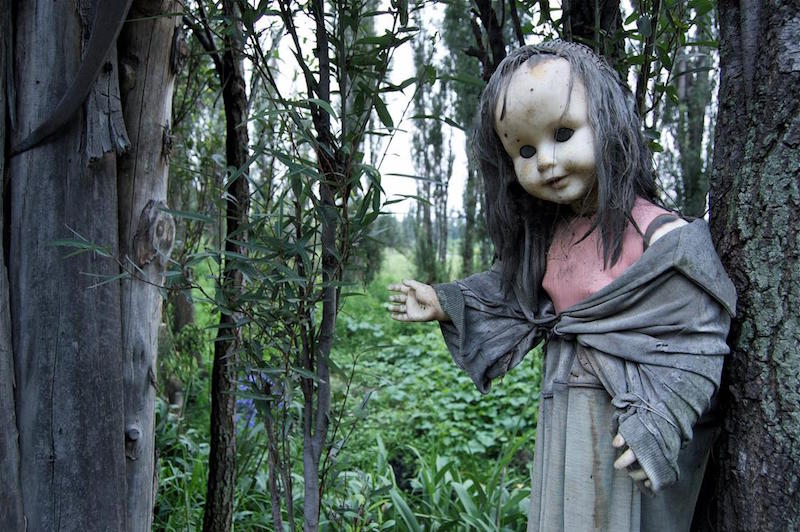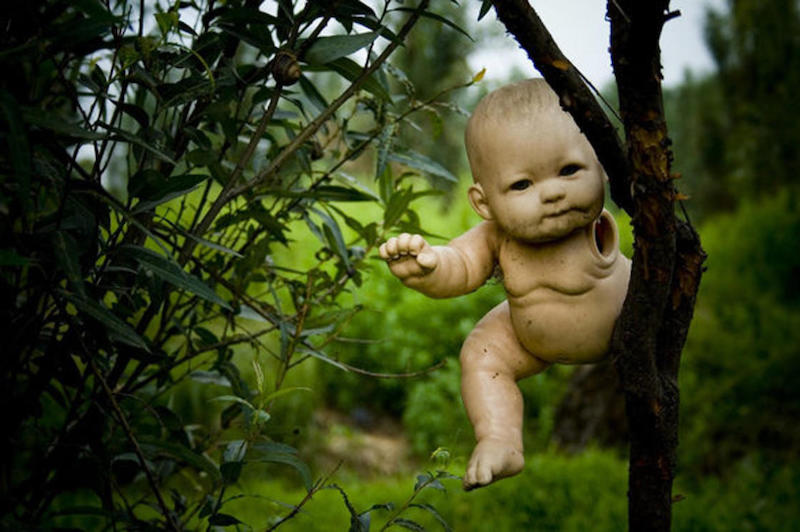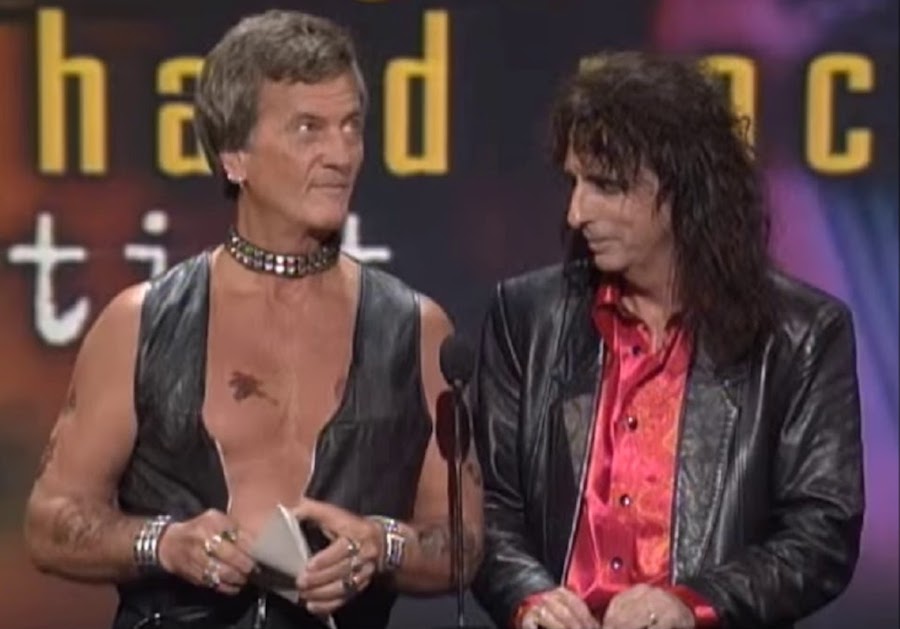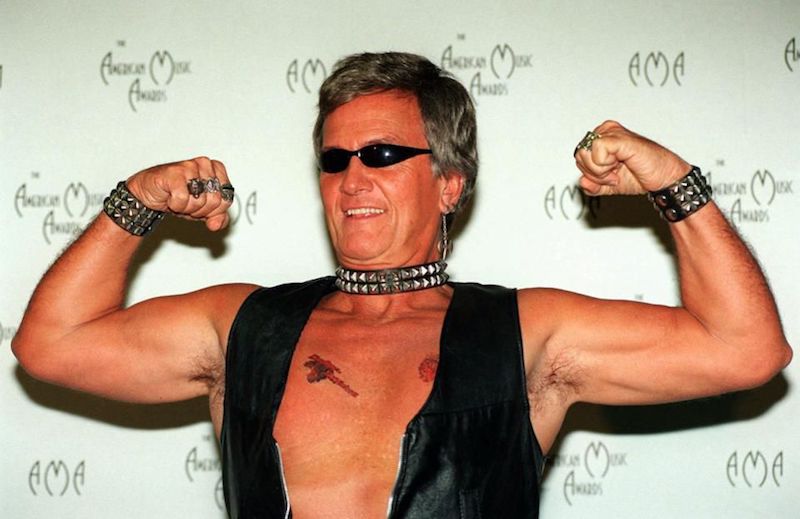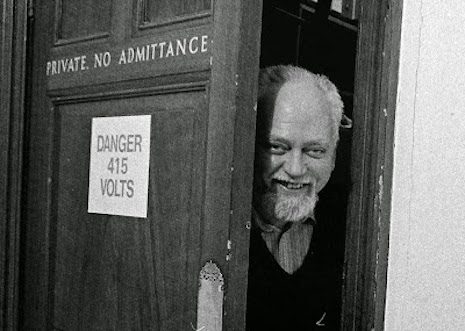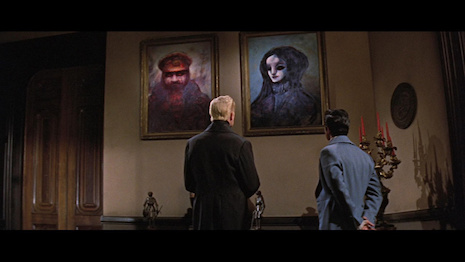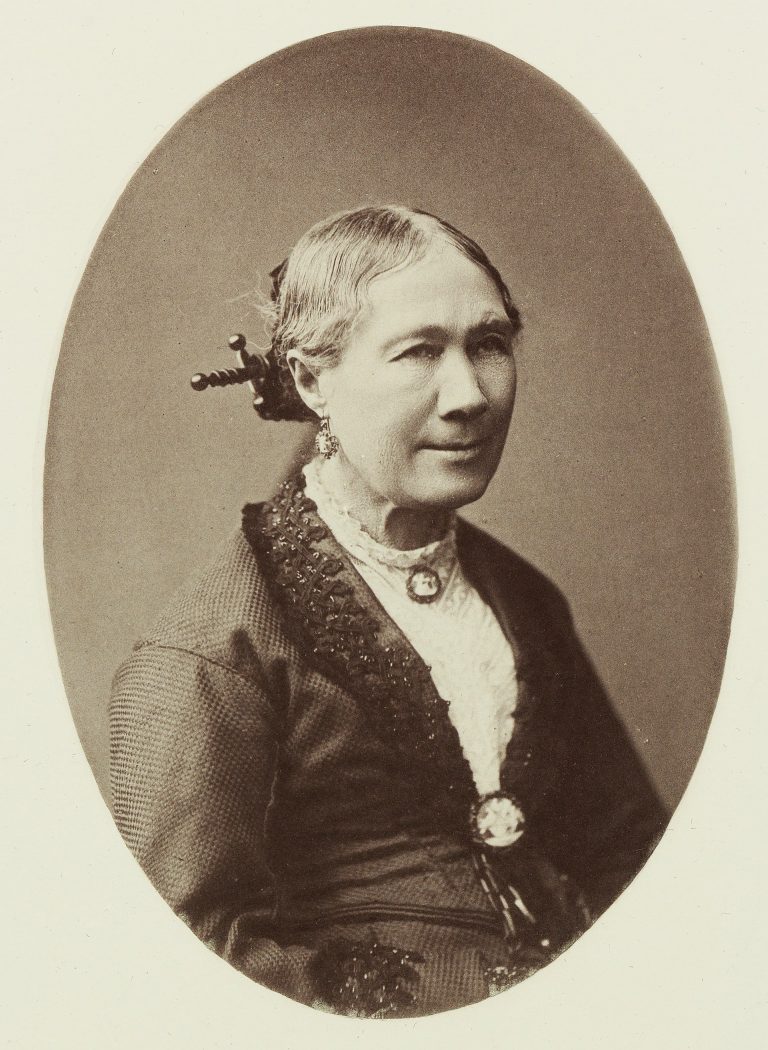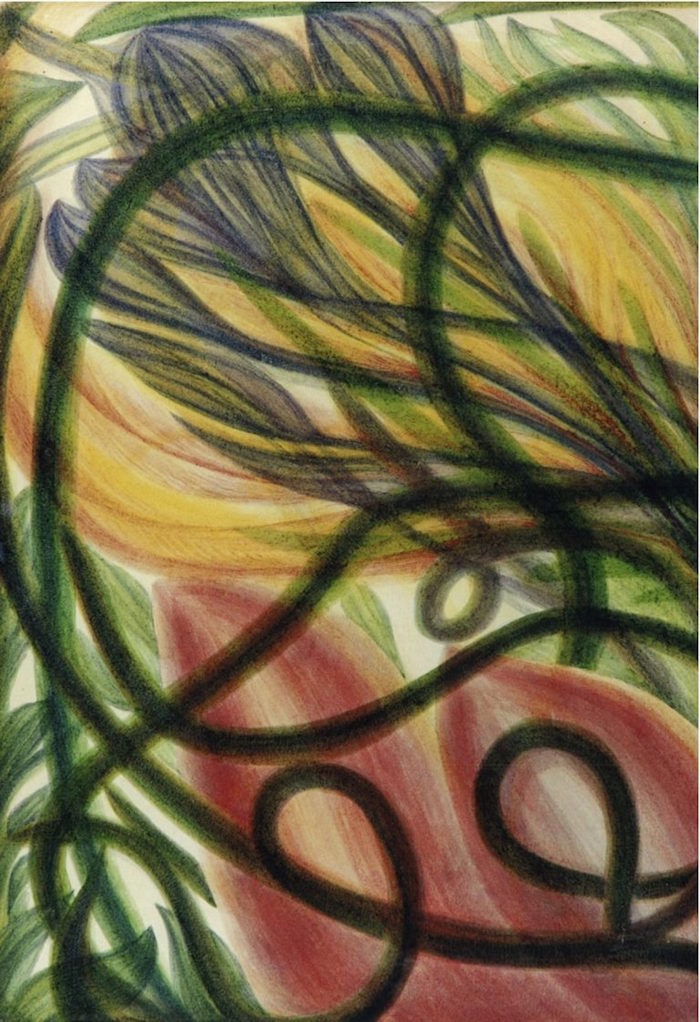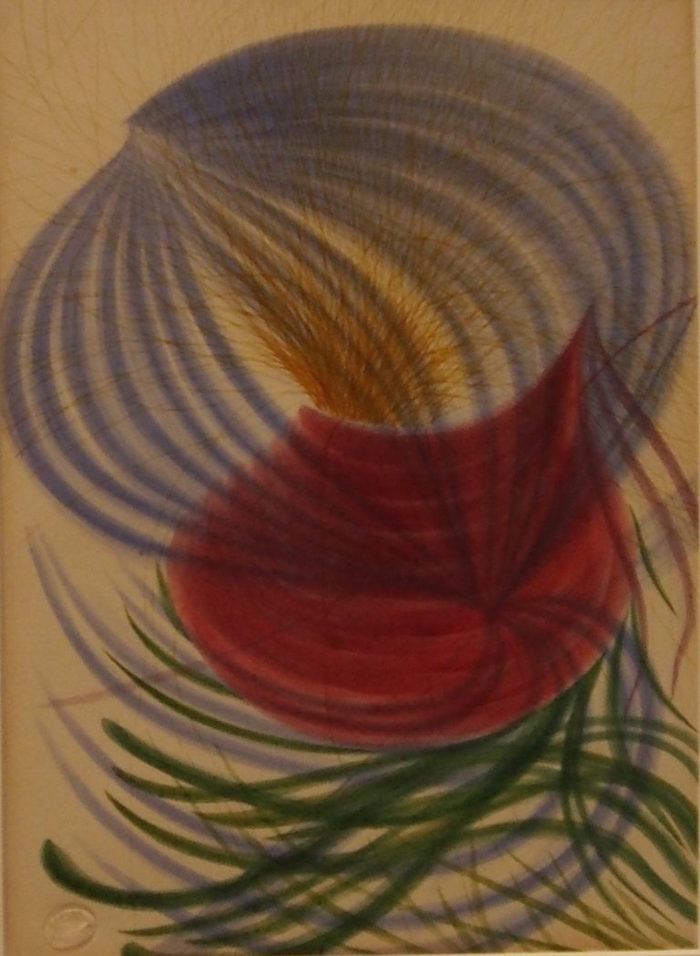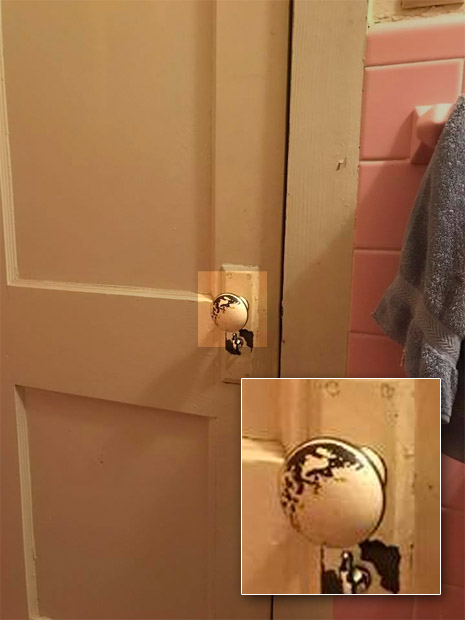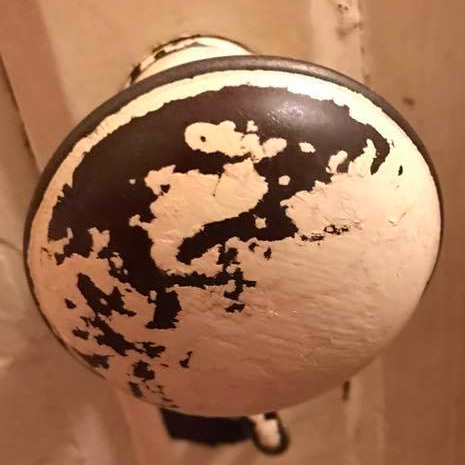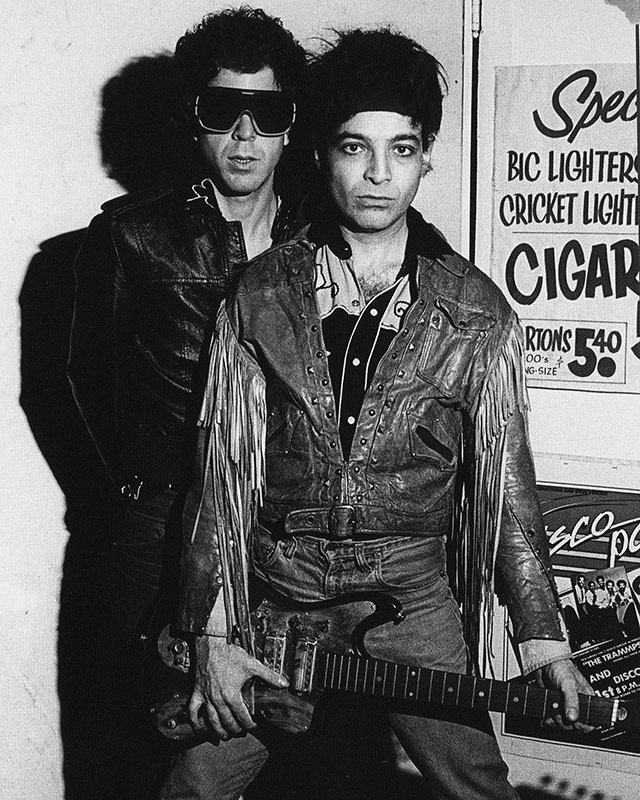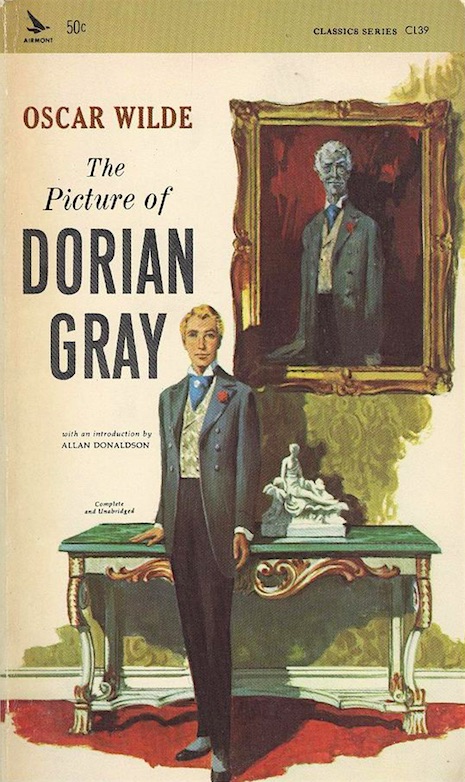
The writer Max Frisch once wrote that an author does nothing worse than betray himself. In that, a work of fiction reveals more of a writer’s thoughts, tastes, and secrets than any work of biography.
This, of course, may not always be the case, but for many it is true. Like Oscar Wilde, whose novel The Picture of Dorian Gray (1891) revealed more about his tastes and thoughts and secret lifestyle than he ever ‘fessed-up to in public—as he once admitted in a letter to the artist Albert Sterner in 1891:
You’ll find much of me in it, and, as it is cast in objective form, much that is not me.
The parts that were thought to be Wilde—the story’s homoerotic subtext—led the press to damn the book as morally corrupt, perverse, and unfit for publication.
As for the parts that were not Wilde, they revealed some of the people who in part inspired his story, in particular, a poet called John Gray (1866-1934), who was one of the Wilde’s lovers. Gray later loathed his association with the book and eventually denounced his relationship with Wilde and was ordained as a priest.

Wilde thing: A portrait of Oscar in his favorite fur coat.
The Picture of Dorian Gray tells the story of a distinguished young man, Gray, whose portrait is painted by the artist Basil Hallward. On seeing the finished picture, Gray is overwhelmed by its (or rather his own) beauty and makes a pact with the Devil that he shall stay forever young with the painting grow old in his place. In modern parlance, consider it Faust for the selfie generation. Gray then abandons himself to every sin and imaginable depravity—the usual debauches of sex, drugs, and murder, etc.—in order to “cure the soul by means of the senses, and the senses by means of the soul.” As to be expected, this has catastrophic results for Gray and those unfortunate enough to be around him.
Wilde disingenuously claimed he wrote The Picture of Dorian Gray “in a few days” as the result of “a wager.” In fact, he had long considered writing such a Faustian tale and began work on it in the summer of 1889. The story went through various drafts before it was submitted for publication in Lippincott’s Monthly Magazine. Even then, Wilde contacted his publisher offering to lengthen the story (from thirteen to eventually twenty chapters) so it could be published as a novel which he believed would cause “a sensation.”
It certainly did that as the press turned on Wilde and his latest work with unparalleled vehemence. The critics were outraged by the lightly disguised homosexual subtext, in particular, Wilde’s reference to his secret gay lifestyle:
...there are certain temperaments that marriage makes more complex…They are forced to have more than one life.
The St. James’s Gazette described the tale as “ordure,” “dull and nasty,” “prosy rigmaroles about the beauty of the Body and the corruption of the Soul.” And went on to denounce it as a dangerous and corrupt story, the result of “malodorous putrefaction” which was only suitable for being “chucked on the fire.”
One critic from the Daily Chronicle described the novel as:
...a tale spawned from the leprous literature of the French Decadents—a poisonous book, the atmosphere of which is heavy with the mephitic odours of moral and spiritual putrefaction…
While the Scots Observer asked: “Why go grubbing in the muckheaps?” and damned the book as only suitable “for the Criminal Investigation Department…outlawed noblemen and perverted telegraph boys.”
The last remark related to the “Cleveland Street Affair” of early-1890, in which young telegraph boys were alleged to be working as prostitutes at a brothel on Cleveland Street. It was claimed the government had covered-up this notorious scandal as the brothel was known to be frequented by those from the highest ranks of politicians and royalty.
Little wonder that when Gray was publicly identified by the Star newspaper as “the original Dorian of the same name” he threatened to sue for libel. Gray asked Wilde to write a letter to the press denying any such association. Wilde did so, claiming in the Daily Telegraph that he hardly knew Gray, which was contrary to what was known in private. The Star agreed to pay Gray an out of court settlement—but the association was now publicly known.
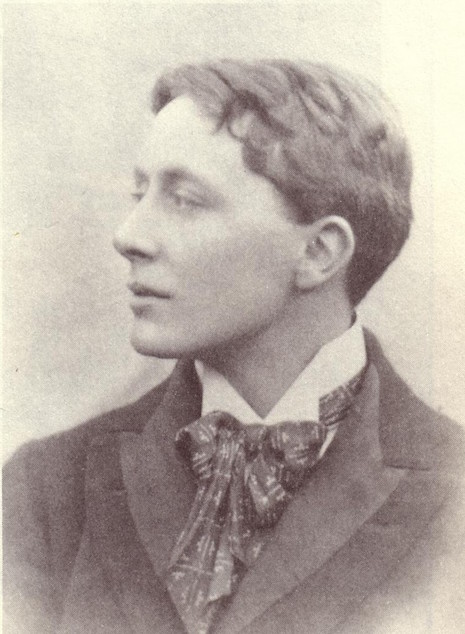
John Gray: ‘The curves of your lips rewrite history.’
More on the life of John Gray, after the jump…






